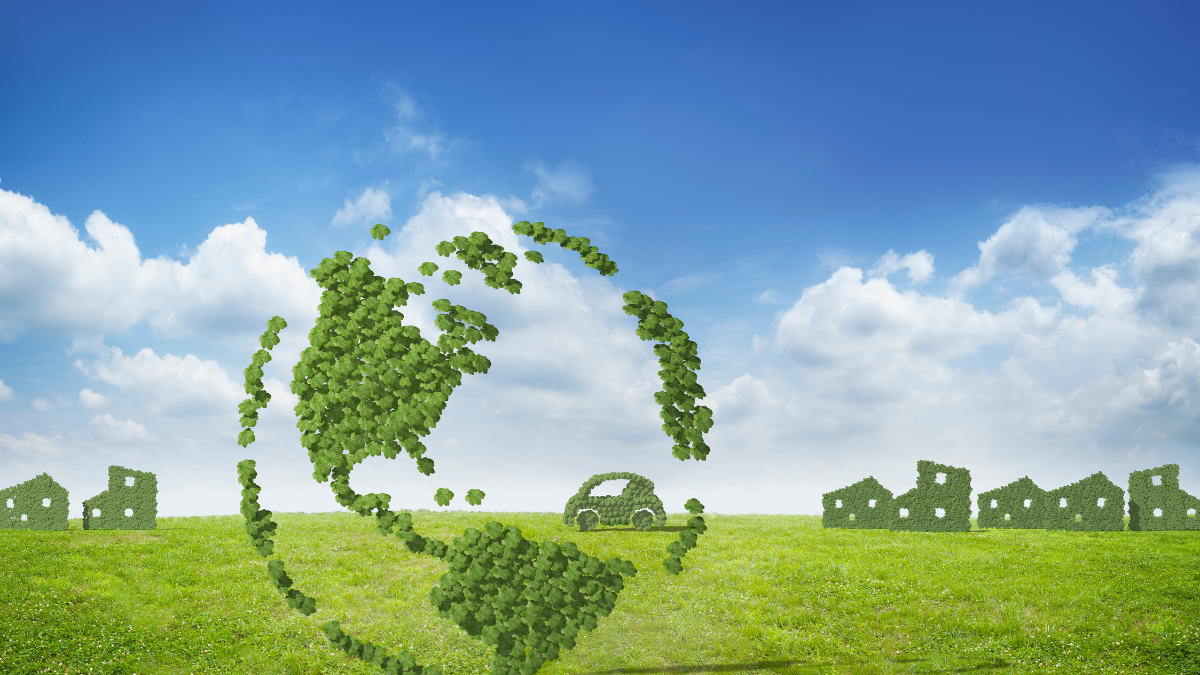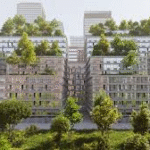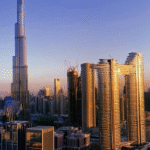Now Reading: “How Dubai Plans to Lead the World in Clean Energy by 2050”
-
01
“How Dubai Plans to Lead the World in Clean Energy by 2050”
“How Dubai Plans to Lead the World in Clean Energy by 2050”
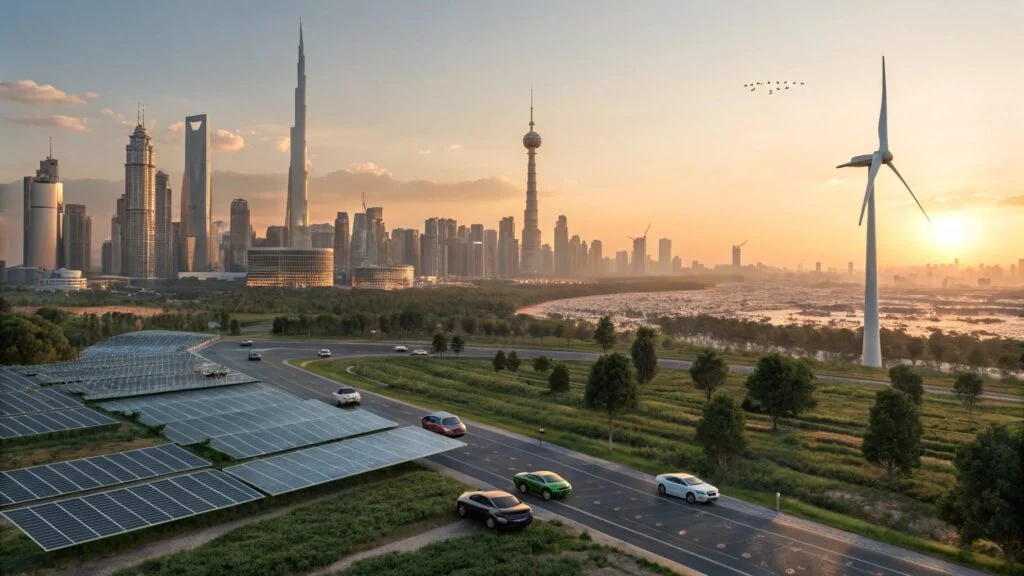
Table of Contents
In recent years, Dubai has emerged as a global leader not only in technology, tourism, and business but also in sustainability and clean energy. With its landmark Dubai Clean Energy Strategy 2050, the city has set an ambitious target — to meet 100% of its energy needs through clean energy sources by 2050. This bold initiative reflects Dubai’s vision to become the city with the lowest carbon footprint in the world.
But what exactly does this plan involve? How will this transform life for Dubai’s citizens and influence the world? Let’s explore this in simple terms.
A Green Dream Turned Strategy
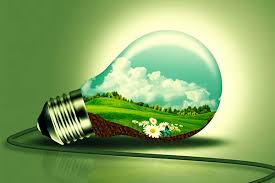
Dubai’s leadership, under His Highness Sheikh Mohammed bin Rashid Al Maktoum, launched the Clean Energy Strategy 2050 in 2015. The goal is not only to secure a sustainable energy future but also to position Dubai as a global hub for green economy technologies.
According to the plan, by 2050:
- 44% of energy will come from renewable sources, like solar power.
- 38% from gas.
- 12% from clean coal.
- 6% from nuclear power.
This energy mix is designed to reduce dependency on fossil fuels while ensuring energy security and affordability.
Why Is This Strategy Important?
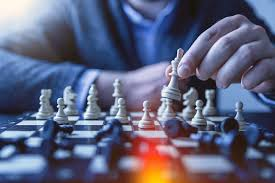
The world is facing challenges like climate change, rising temperatures, and pollution. Traditional energy sources such as oil and gas release greenhouse gases that harm the environment.
Dubai understands this danger. The Clean Energy Strategy 2050 will:
- Reduce carbon emissions by 70% by 2050.
- Save up to AED 700 billion ($190 billion) in energy costs.
- Create thousands of new green jobs.
This change means that in the future, homes, cars, factories, and even airplanes in Dubai may run on clean energy, helping to protect the planet for future generations.
The Role of the Mohammed bin Rashid Al Maktoum Solar Park
At the heart of this plan is the Mohammed bin Rashid Al Maktoum Solar Park, one of the world’s largest solar energy projects. The park aims to generate 5,000 megawatts (MW) of clean energy by 2030, which will power hundreds of thousands of homes.
This project has already attracted global attention because:
- It uses the latest technologies, such as Concentrated Solar Power (CSP).
- It provides solar energy at record-low prices, making solar affordable.
- It supports Dubai’s ambition to become the world’s cheapest producer of solar energy.
Smart Cities and Electric Transport: The Future of Dubai
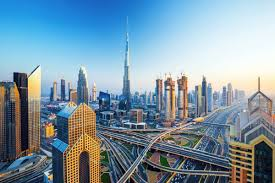
Dubai’s clean energy push isn’t limited to power plants alone. The city is also building smart cities and promoting green transportation.
- The Dubai Green Mobility Initiative encourages electric cars, buses, and taxis.
- Charging stations are being installed across the city to make switching to electric vehicles easier.
- Buildings are being designed or modified to use solar panels, smart lighting, and energy-saving cooling systems.
Imagine a city where every home has rooftop solar panels, self-driving electric taxis roam the streets, and skyscrapers consume less power than ever before — this is the Dubai of the future.
Innovation and Investment: Key Drivers
To make this dream a reality, Dubai is inviting global investors, researchers, and entrepreneurs to participate.
- The Dubai Future Accelerators Program connects innovators with government agencies to find new clean energy solutions.
- The Dubai Green Fund, worth AED 100 billion ($27 billion), is financing renewable energy projects and supporting startups in the clean technology sector.
- International companies are signing contracts to invest in solar and wind energy projects in Dubai.
This has made Dubai a magnet for green investment, helping the city to become a true global hub for clean energy.
Challenges Along the Way
Of course, transforming an oil-rich economy into a green one is not easy. Some of the challenges include:
- High initial costs for renewable energy infrastructure.
- The need for new technologies that can store solar energy for use at night.
- Changing the habits and mindsets of people, businesses, and industries that rely on traditional energy.
But with strong government policies, private sector involvement, and public awareness campaigns, Dubai seems determined to overcome these hurdles.
Impact on the Region and the World
Dubai’s Clean Energy Strategy 2050 is not just about one city. It is setting an example for other cities in the Middle East and worldwide. Many oil-producing nations are watching Dubai closely to see how it balances economic growth with environmental care.
By succeeding in its clean energy goals, Dubai could:
- Influence other Gulf countries to invest in renewables.
- Create new markets for solar and wind energy technologies.
- Help slow down global warming, making the Earth a safer place.
A Sustainable Future for All
The Dubai Clean Energy Strategy 2050 is a bold and necessary step toward a better future. As the city shifts from fossil fuels to clean, renewable energy, it promises cleaner air, lower energy costs, and more jobs in the green economy.
If successful, Dubai may not only achieve its own energy goals but also inspire other cities and countries to follow its example. For Dubai’s residents and businesses, this means living in one of the world’s smartest, greenest, and most sustainable cities by 2050.
Conclusion
Dubai’s Clean Energy Strategy 2050 is more than just a plan — it’s a vision for the future of the planet. With solar power, smart technology, electric transport, and green investments, Dubai is showing the world that sustainability and economic growth can go hand in hand.
The world is watching. And if Dubai achieves its clean energy goals, the future may be greener — not only for the city itself but for the entire world.
Read Morning:- Portugal’s Dama Art Gallery Takes Global Lead in Art Movement Now 2025



